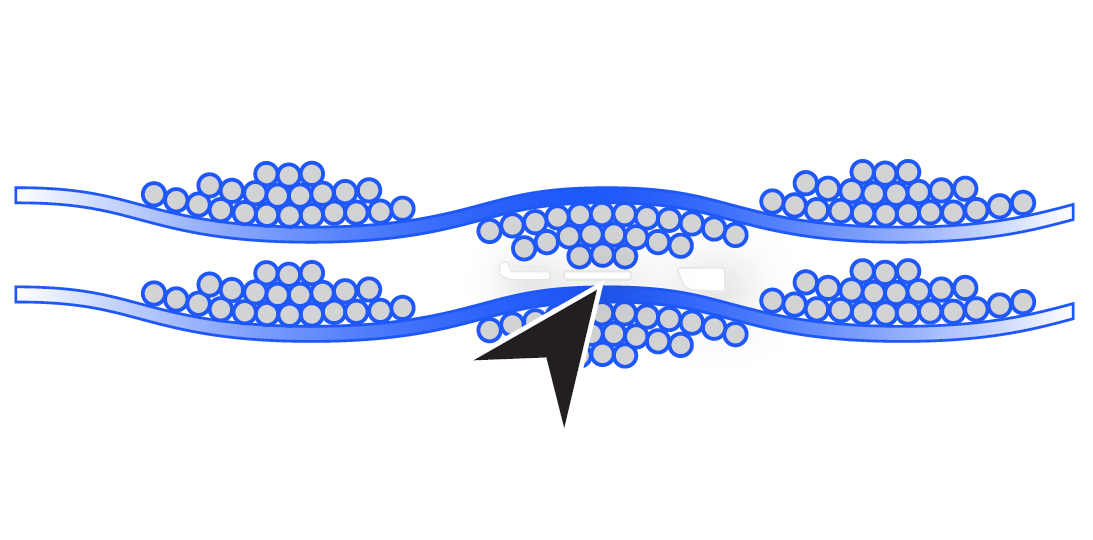Don’t Let the Easily Quantifiable Metric Substitute for the Real Goal
I visited an Asian company a few years ago that asked all their employees to do a green belt project. It’s not mandatory, but completion of a project is part of their annual review. Not surprisingly, the management boasts that nearly everyone does a project.
You know how many people do a second project? Less than 5%.
This company was doing okay, but they didn’t have a culture of continuous improvement. Plenty of green belts, sure. But there was no evidence of a continuous improvement mindset among the workers. Which is what the senior leadership wanted, and why they created a Lean Six Sigma belt program in the first place.
This is a common situation with organizations that focus on the acquisition of colored belts. The measurable object—the percentage of people getting green belts—substitutes for the more important, but less quantifiable goal—creating a culture where the kaizen mindset is inextricably woven into the DNA of the organization.
A company focusing on green belt projects instead of daily kaizen is like a dieter focusing on calorie counting instead of building a healthy lifestyle—not just fewer calories, but a better variety of food, less alcohol, more exercise, and more sleep. You might lose a few pounds by counting calories, but it’s unlikely to be sustainable over the long term.
Another problem with most belt programs—particularly ones tied to performance reviews—is that the extrinsic motivation of a good review (and presumably a salary increases) displaces the intrinsic motivation of learning new skills and improving the organization’s performance. Therefore, companies only give small dollar awards, and not large cash gifts, for improvements.
Finally, there’s a lot of effort devoted to teaching advanced statistical analysis (ANOVA, multi-factorial regressions, t-tests, etc.) and other highly advanced tools (DFSS, DOE, etc.). These tools have their place, and you probably want your company to have some people who know how to use them. But you’d get a better return on the investment of people’s attention if they just learned the 7 Basic Quality Tools (cause and effect diagram; check sheet; control chart; histogram; pareto chart; scatter diagram; run chart) . . .and then spent more time fixing stuff.
The road to hell may be paved with invidious comparisons to Toyota, but it’s worth noting that they don’t put employees through a formal LSS belt training program. The instructors at the Nagoya headquarters where the Toyota’s Lean team along with my classmate, Mr. Chihiro Nakao trained us hard on the basic lean concepts that people are ignoring. And they seem to be doing well with their daily improvement.
However, if you’re committed to a belt program, here are some things you can do to increase the likelihood that it will get you closer to your goal of true continuous improvement:
- Establish a rapid cadence. Require that everyone be involved in one project per month, either as a coach or a learner.
- Accelerate skill acquisition. Create coach-learner pairs, with coaches responsible for guiding a learner through three projects per year.
- Master the basics. Teach the 7 Basic Quality Tools, and only provide high-level statistical analysis tools to those who are truly interested in learning more advanced skills.
- Leverage social pressure. Post a public record of how many projects each person has done.
- Promote intrinsic rewards. Don’t tie belt projects to performance reviews. Instead, review the completed projects in public ceremonies or celebrations.
Don’t let your colored belt program distract you from your real goal: the creation of a culture of continuous improvement that engages all workers and makes your organization more competitive every single day.



